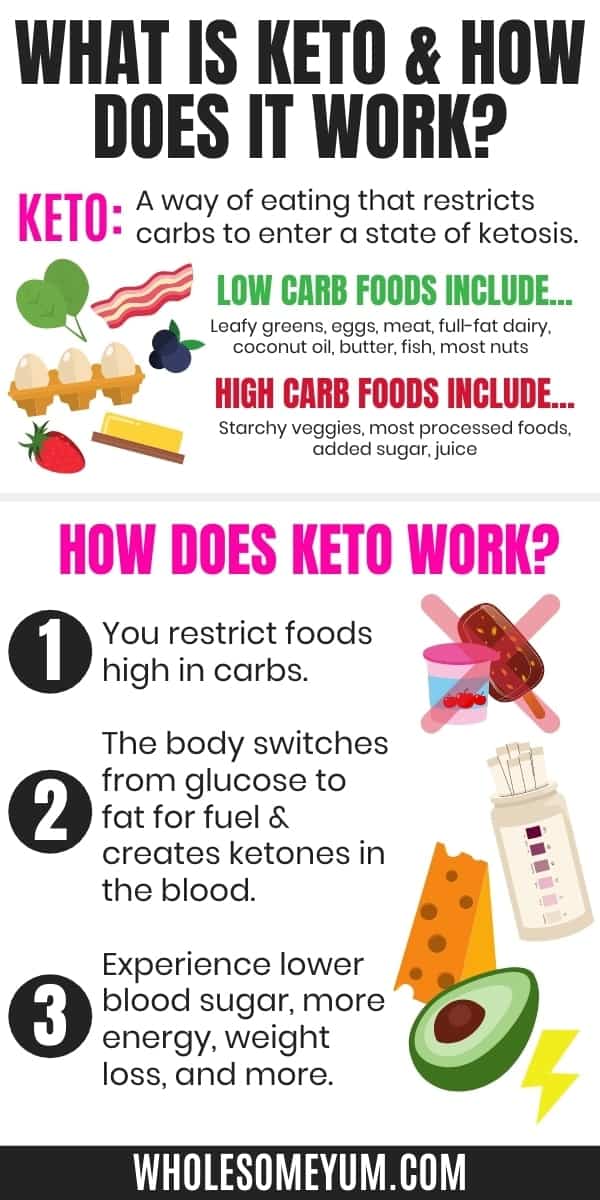Keto Delights: Low-Carb Foods for Optimal Ketosis


Exploring Keto Delights: Low-Carb Foods for Optimal Ketosis
Embarking on a ketogenic diet opens up a world of delicious possibilities, especially when it comes to low-carb foods that fuel your body into a state of ketosis. Discover the key elements of a flavorful and satisfying ketogenic journey.
Understanding the Ketogenic Diet: A Brief Overview
The ketogenic diet revolves around reducing carbohydrate intake and replacing it with healthy fats. This shift prompts the body to enter ketosis, a metabolic state where it burns fat for energy instead of glucose. Embracing a variety of low-carb foods is fundamental to achieving and maintaining this state.
Essential Low-Carb Staples: Building a Keto Pantry
Stocking your pantry with essential low-carb foods is a crucial step in keto success. Include staples like avocados, olive oil, coconut oil, and nuts. These items serve as the foundation for many keto recipes, providing the healthy fats necessary for the diet.
Leafy Greens and Non-Starchy Vegetables: Nutrient-Packed Choices
Low-carb doesn’t mean low-nutrient. Leafy greens and non-starchy vegetables, such as spinach, kale, broccoli, and cauliflower, are rich in vitamins, minerals, and fiber. Incorporating these into your meals not only adds variety but also boosts the nutritional content of your diet.
Protein-Rich Options: Balancing Macronutrients
Protein is a vital component of a well-rounded ketogenic diet. Opt for protein-rich foods like lean meats, poultry, fish, and eggs. These sources provide essential amino acids while keeping carbohydrate intake in check.
Healthy Fats Galore: Nuts, Seeds, and Avocado
A hallmark of the ketogenic diet is the emphasis on healthy fats. Nuts, seeds, and avocados are not only delicious but also rich in monounsaturated fats. They contribute to satiety, making them excellent choices for snacking or enhancing the flavor and texture of meals.
Dairy Delights: Full-Fat Goodness
Full-fat dairy products like cheese and butter are embraced in the ketogenic diet. These items add richness and flavor to meals while providing the necessary fats for ketosis. Opt for high-quality, full-fat options to maximize nutritional benefits.
Keto-Friendly Proteins: Seafood and Plant-Based Alternatives
Diversify your protein sources with seafood and plant-based alternatives. Fish and shellfish are low in carbs and offer omega-3 fatty acids. Plant-based proteins like tofu and tempeh can be valuable additions for those following a vegetarian or vegan ketogenic lifestyle.
Low-Carb Sweeteners: Satisfying the Sweet Tooth
While traditional sugar is a no-go on keto, there are low-carb sweeteners available as alternatives. Stevia, erythritol, and monk fruit sweeteners allow you to indulge your sweet tooth without jeopardizing your ketosis.
Innovative Low-Carb Recipes: Culinary Creativity on Keto
Explore the vast array of low-carb recipes designed for the ketogenic diet. From cauliflower rice to zucchini noodles, these innovative alternatives to high-carb staples open up a world of culinary creativity. Experiment with these recipes to keep your meals exciting and satisfying.
Building Your Low-Carb Shopping List: Practical Tips
To make your keto journey seamless, create a low-carb shopping list. This list should include a variety of low-carb foods, ensuring you have the essentials for maintaining ketosis. Visit Low-carb foods for a ketogenic diet for more detailed insights.
In conclusion, embracing low-carb foods on a ketogenic diet is not just a dietary choice; it’s a flavorful and sustainable lifestyle. By understanding the principles, incorporating diverse low-carb options, and experimenting with innovative recipes, you can embark on a delicious journey toward optimal ketosis.








